I just got in a LiPo charger (ptr-10401) and I want to use it to (yes I know slowly) charge a 24.8 Whr Lithium Polymer battery.
My question is pretty simple. Does this device contain the required logic to safely charge this battery? Meaning, if I were to plug it in and leave it would it be safe (I am not going to do this)
I was looking for laymen documentation or a tutorial but the only thing I could find was the VERY detailed documentation for the LiPo charger.
It's still to far beyond me (but I am trying, I just got Circuit Analysis for dummies)
Below are the parts and the links
I haven't hooked anything up. I want to make 100% sure this is a safe method for charging before I do this.
https://www.sparkfun.com/products/10401

http://www.ebay.com/itm/New-Internal-Battery-replacement-dajn-fit-for-iPad-1st-gen-/231044587897
